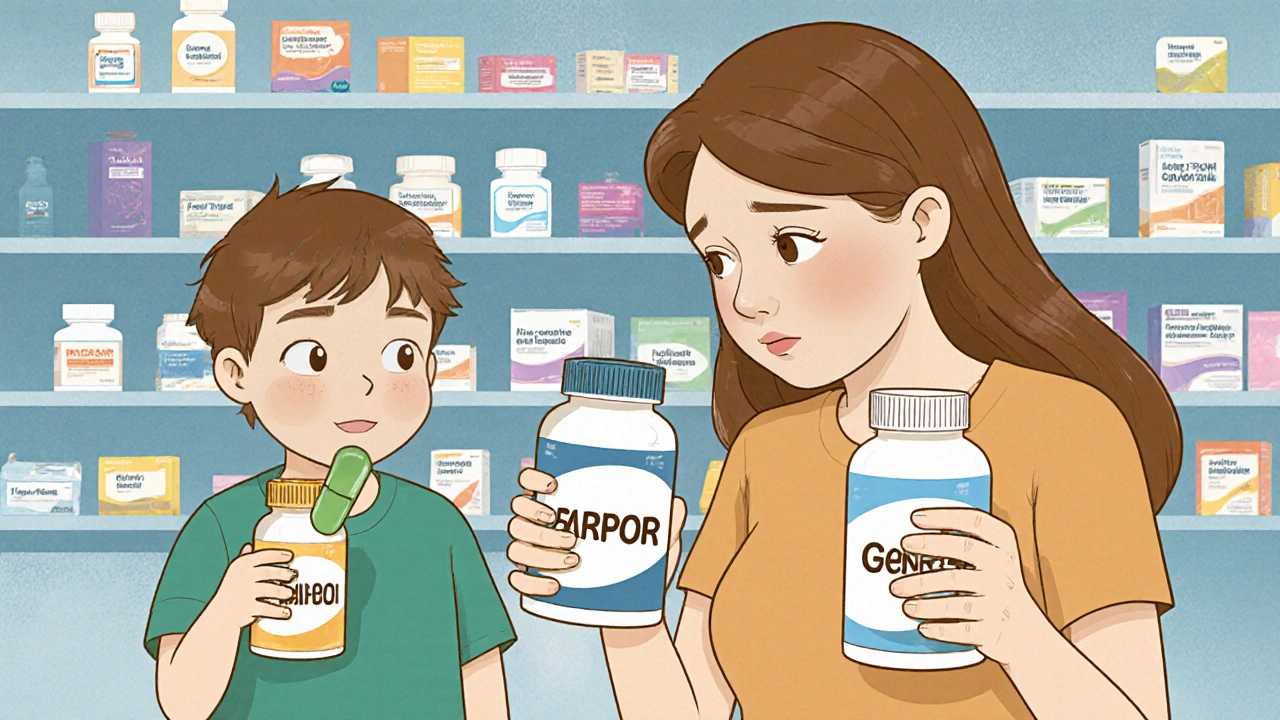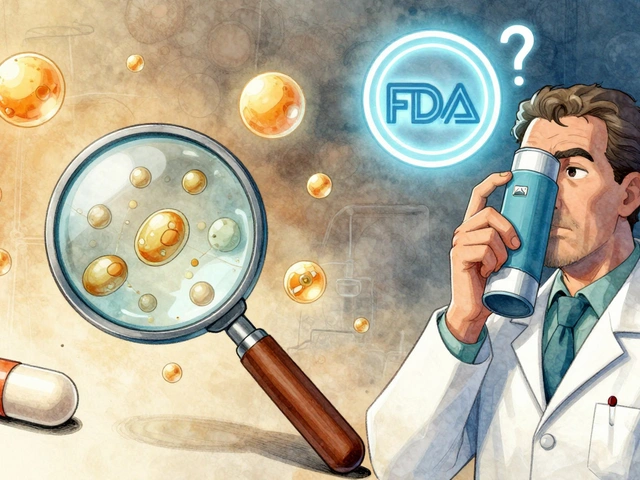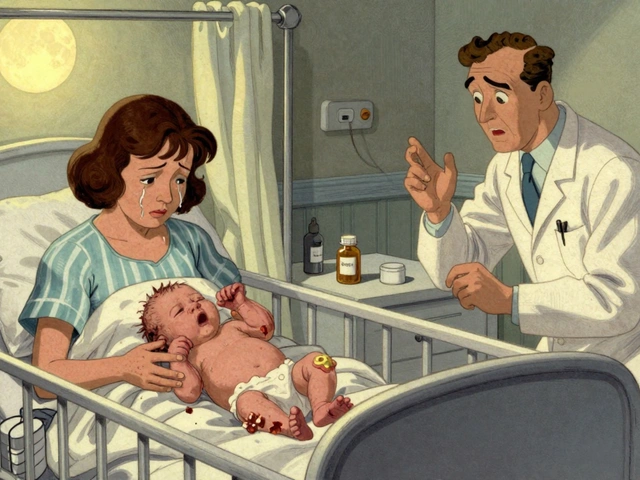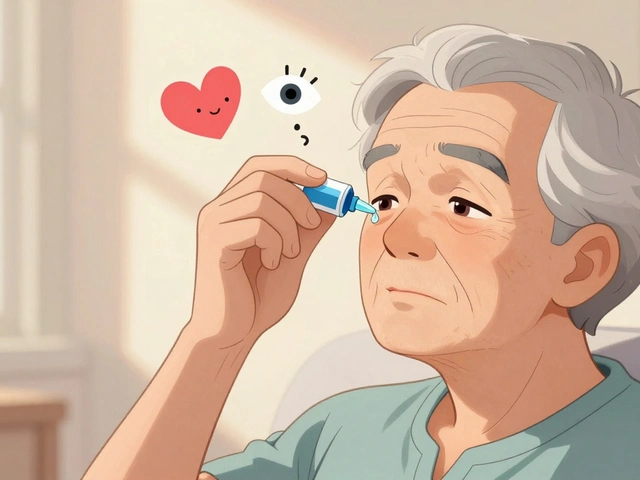Pediatric Generics: Safe, Affordable Medicines for Children
When you need medicine for your child, pediatric generics, affordable, FDA-approved versions of brand-name drugs specifically formulated for children. Also known as generic pediatric medications, they work the same way as the originals but cost a fraction of the price—often under $10 a month. This isn’t just about saving money; it’s about making sure kids get the treatment they need without families choosing between medicine and groceries.
These drugs aren’t just cheaper copies. They contain the exact same active ingredient, in the same strength and dosage form, as the brand-name version. A generic amoxicillin suspension for ear infections has the same bacteria-killing power as the name-brand version. The difference? No fancy packaging, no marketing budget, and no patent protection driving up the cost. The FDA requires generics to meet the same strict standards for safety, effectiveness, and quality. Many pediatricians now start with generics unless there’s a clear reason not to—like a child’s specific allergy to an inactive ingredient.
But not all generics are created equal when it comes to kids. Liquid forms, chewables, and flavored tablets need special attention. A generic version might use a different sweetener or dye, which could upset a sensitive stomach or trigger a reaction. That’s why pharmacists often check the inactive ingredients when filling a child’s prescription. And while most generics are interchangeable, some require extra care—like thyroid meds or seizure drugs—where tiny differences in absorption can matter. Always talk to your pharmacist before switching, especially if your child’s condition is delicate.
Parents often worry that generics are "second-rate." But the truth is, most generic drugs are made in the same factories as the brand names, sometimes even by the same company. The FDA inspects these facilities just as often. What’s changing isn’t the quality—it’s the price. When a patent expires, multiple companies can make the drug, and competition drives costs down. That’s why you’ll see the same antibiotic for $5 instead of $80. It’s not magic. It’s basic economics—and it’s helping millions of families.
Behind every pediatric generic is a story of access. In rural areas, where pharmacies stock fewer brand-name options, generics keep kids covered. In low-income households, they mean no missed doses because the prescription was too expensive. Even in wealthier homes, generics reduce out-of-pocket costs for chronic conditions like asthma, ADHD, or allergies. And with more insurers pushing generics as the first-line choice, it’s becoming the standard, not the exception.
You’ll find real-world examples in the posts below: how generic drugs affect kids differently than adults, what to watch for when switching from brand to generic, and how to spot safe online pharmacies that sell pediatric generics. Some posts dive into how drug interactions change with a child’s growing body. Others explain why certain generics are preferred over others for conditions like ear infections or eczema. There’s no fluff—just straight talk on what works, what to avoid, and how to make sure your child gets the right medicine at the right price.






